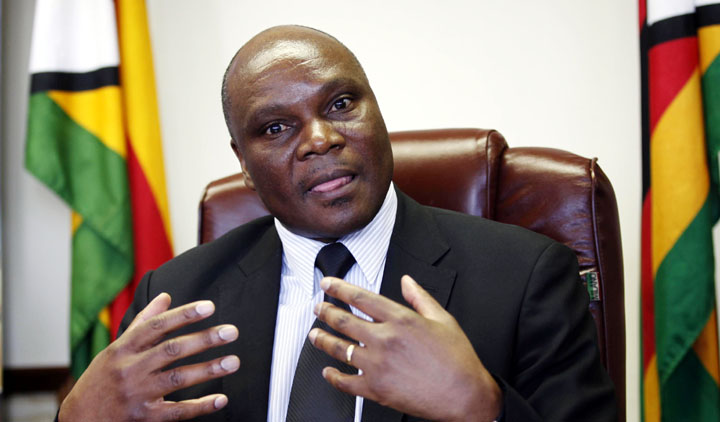
THE government’s five-year economic blueprint, ZimAsset, has not yet brought economic freedom to the country since its inception in October last year, an official has said.
OWN CORRESPONDEDNT
Addressing delegates during the ZimAsset talkshow orgainised by Nust alumni on Thursday, Nust alumnus Butler Tambo, who is also a researcher and policy analyst at Policy Research Institute of Zimbabwe, said ZimAsset had not yet fully addressed economic challenges the country was facing.
He said ZimAsset had nine assumptions which government believed would anchor the growth of the economy during the period 2013 to 2018, namely improved liquidity, establishment of sovereign wealth fund, improved revenue collection from key sectors of the economy such as mining, increased investment in infrastructure such as energy and power development, roads, rail, aviation, telecommunication, water and sanitation, through acceleration in the implementation of public private partnerships (PPPs) and other private sector driven initiatives.
It also pledges increased foreign direct investment (FDI), establishment of special economic zones, continued use of the multicurrency system, effective implementation of value addition policies and strategies and improved electricity and water supply.
However, Tambo said nothing had materialised so far.
“The issues of liquidity crunch are still haunting the country. There is no improved revenue collection from key sectors of the economy as well as foreign direct investment,” Butler said.
“According to RBZ governor John Mangudya for the first six months of 2014, the country received a paltry $67 million of FDI compared to $165 million during the same period in 2013.
- Chamisa under fire over US$120K donation
- Mavhunga puts DeMbare into Chibuku quarterfinals
- Pension funds bet on Cabora Bassa oilfields
- Councils defy govt fire tender directive
Keep Reading
This shows that as a country we are still lagging behind,” he added.
“The World Bank has already revised downwards the 2014 growth rate of 6,1% to 4,2% and it has gone to downgrade the growth rate to 2% for 2014 and has even postulated that by 2016, the Zimbabwean economy will ground to a halt.
The only thing that the government has tried to achieve is implementation of PPPs and value edition and beneficiation. On these, it has tried,” he added.










